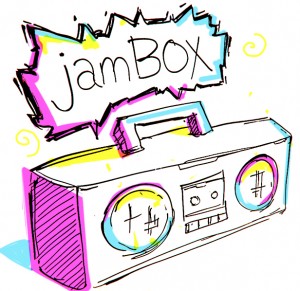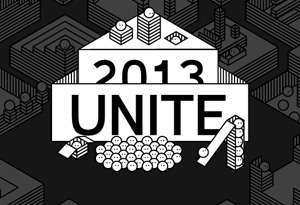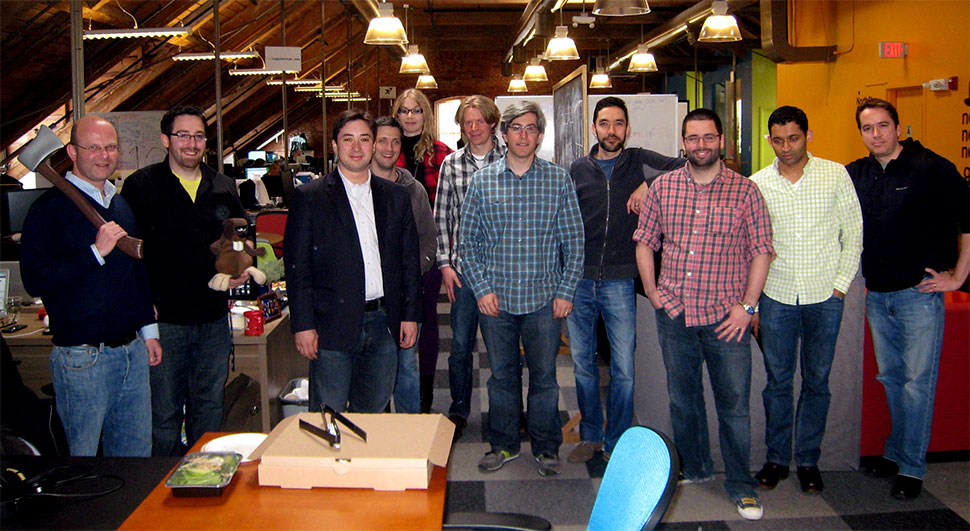Introducing: jamBOX!

For the first three weeks of November, members of the Indie Game Collective are going to be doing three one-week game jams, and we want you to join us for any, or all of them!
The schedule!
-
Week 1 (Nov 4-8): 96px
-
The interactive resolution of your game must have one dimension that is only 96px wide. Your overall screen resolution may extend larger than that, but the only thing that you can place outside of your interactive area is text, and that text cannot be interacted with by any means of user control.
-
-
Week 2 (Nov 11-15): Multiplayer
-
Simply stated: create an experience that requires more than one player.
-
-
Week 3 (Nov 18-22): Music First
-
Musicians will provide packs of both effects and at least one piece of music. They’ll pitch their pack, include ideas on how we might implement it, and then the engineers, artists and designers take the packs and run with it.
-
We only have a few rules:
-
All assets (art, audio, code) that are contributed to the jamBOX must be completely open-sourced and usable in commercial projects. You may license the assets with either the CC0, CC-BY, or MIT license.
-
You can spend no more than 40 hours per-person on what you contribute.
-
Teams can be of any size.
If you’re interested in taking part, watch our blog for a post on the Monday of each week — we’ll kick it off with a public Google Doc that will include all of the teams pitches, along with any needs that need to be filled.
We hope to create a bunch of new projects to get everyone inspired and involved in game development.
See you on Monday!


